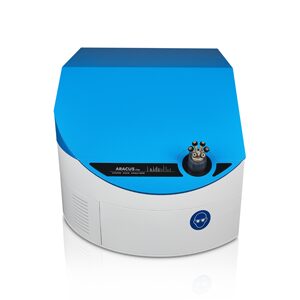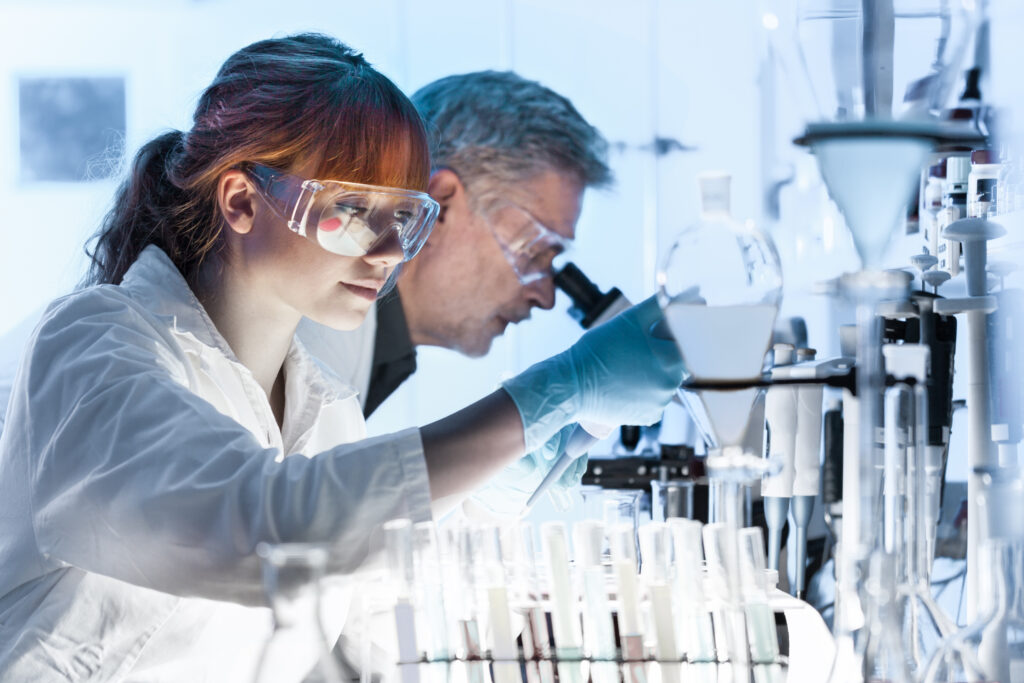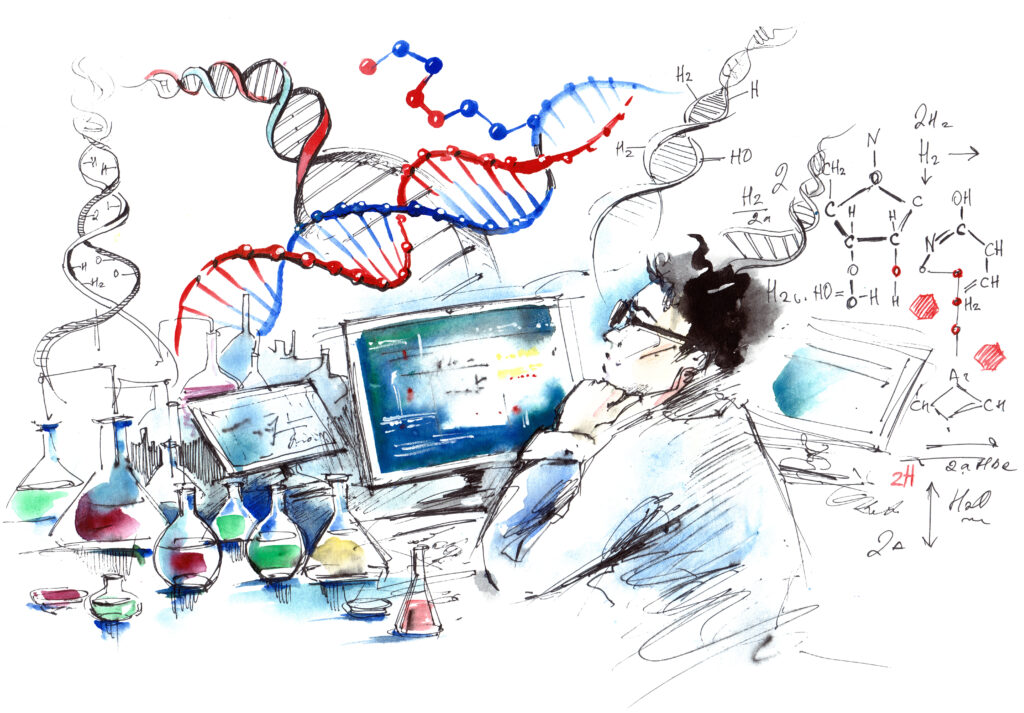Schreiben Sie uns!
Rufen Sie uns an!
Our ARACUS systems deliver outstanding results for amino acid analysis in research. They work according to the gold standard of post column derivatization with ninhydrin, using maintenance free LED photometers. A separation of up to 44 amino acids in about one hour is possible. The ARACUS is available in 3 versions, suitable for your field of application.
Qualitative and quantitative analysis of amino acids is required for a wide range of applications. Our ARACUS systems are designed for use in clinics, quality control, the pharmaceutical and food industry as well as in research. The ARACUS AA analyzers use the most precise and reproducable methodology, with which you can get up to 44 AA with an “Retention time reproducibility (RSD)” of less than 0.1%. Choose your desired configuration with the aracus lite, classic and advanced – depending on the complexity of your amino acid analyses.


Simplified configuration of the ARACUS „classic“ for a reduced number of samples and smaller budget

Standard configuration of the series, allows the continous analysis of 96 samples in a cooled autosampler

Extended configuration by an additional second pump drive. Allows the independent operation of two fluidic lines

The ARACUS IVD (in vitro diagnostics) configuration is available as extended versions of the ARACUS classic and ARACUS advanced Built and tested in compliance with IVDR EU 2017/746. When employing this system, it is essential to utilize a specific eluent kit certified in alignment with the regulations specified in IVDD 98/79/EC. This eluent kit not only ensures adherence to regulatory standards but also guarantees accurate and reliable results within the framework of IVDR guidelines and regulations.
There are two variants available for the eluent kit in the context of IVD:
amino acids present in physiological fluids such as human blood plasma. This kit serves a crucial role in medical diagnostics by enabling the comprehensive analysis and identification of amino acids within these bodily fluids. Its application facilitates a thorough understanding of the amino acid composition, aiding in diagnostic processes and providing valuable insights for medical assessments and treatments.
This methodology serves as a valuable complement to Liquid Chromatography-Mass Spectrometry (LC-MS), which is also utilized in this field. However, it frequently becomes cost-prohibitive due to the routine maintenance it necessitates and the need for highly skilled personnel to operate it.
Each of these kits is equipped with consumables necessary for the analysis of a minimum of 500 runs. These runs are conducted using the standard program integrated into the ARACUS system.
Regarding the shelf life of the eluents and reagents, it spans 12 months from the production date, encompassing the period before opening and activating these components. This duration ensures the reliability and efficacy of the materials within the specified timeframe, maintaining their integrity and performance for analytical purposes.
Our instruments are able to provide analytical results in various fields of application. The most common areas of application for the determination of amino acid analyses are shown below.




Find out whether the manufacturer’s specifications for sports nutrition are correct or determine the gelantine added to ham? Our analysis application examples for the determination of amino acids help to better understand the field of application of our amino acid analyzers.
On our overview page, you will find downloadable application notes, some of which we have created together with institutions and facilities.

In our literature list you will find an overview of all links to publications in which our ARACUS models were used.
Amino acid analysis is used wherever the content of free/ physiological or protein-bound amino acids has to be determined. The fields of application range from diagnostics to quality control and research. Sample matrices are usually:
- blood plasma, blood serum
- saliva, urine
- spinal fluid
- Food, beverages
- animal feed
In the amino acid analyzer, ion exchange chromatography is combined with the HPLC technique. Samples are usually very complex in nature and amino acids, even ionic compounds without a specific absorption wavelength, are difficult to analyze using conventional HPLC methods. The combination of both techniques compensates for the disadvantages. Already due to extensive testing, further method developments are very short. This allows the user to routinely operate the system with little user intervention and ensures high sample throughput.
Amino acid analysis is used wherever the content of free/ physiological or protein-bound amino acids has to be determined. The fields of application range from diagnostics to quality control and research. Sample matrices are usually:
- blood plasma, blood serum
- saliva, urine
- spinal fluid
- Food, beverages
- animal feed